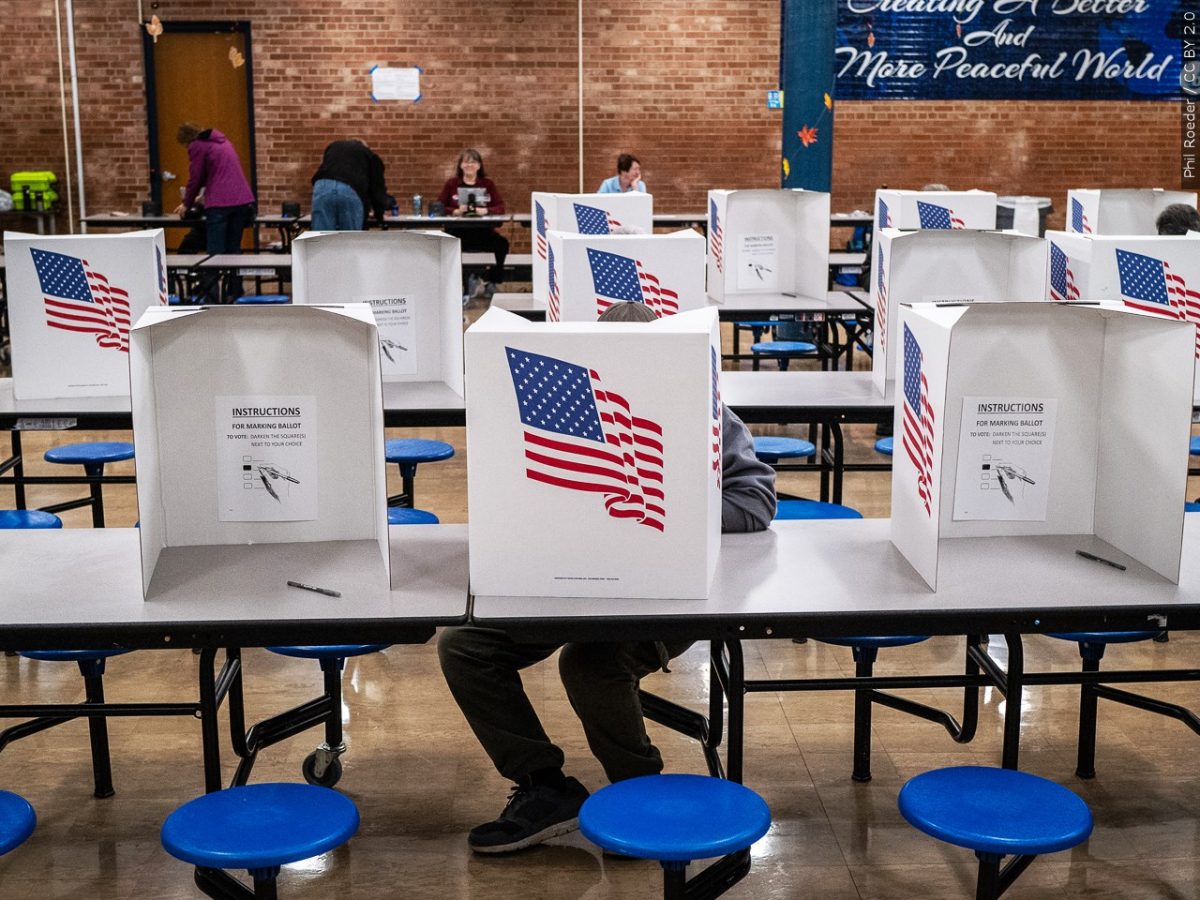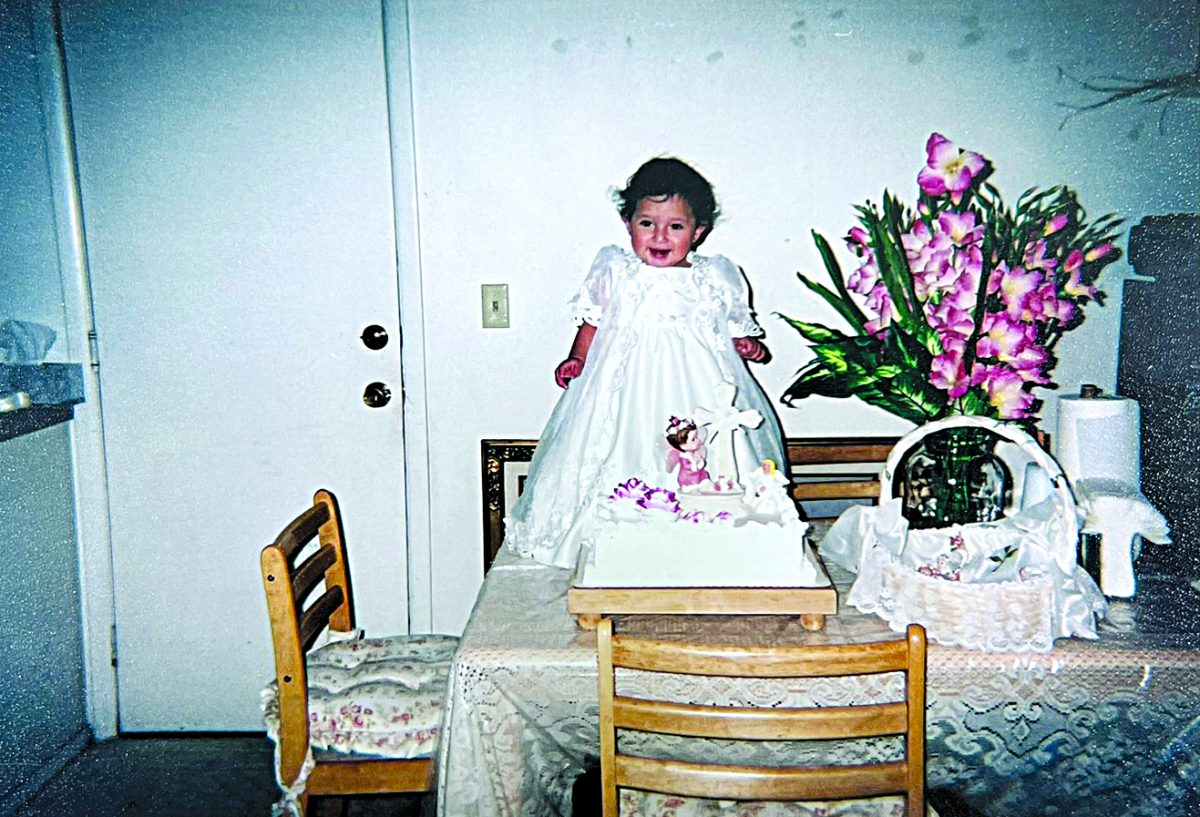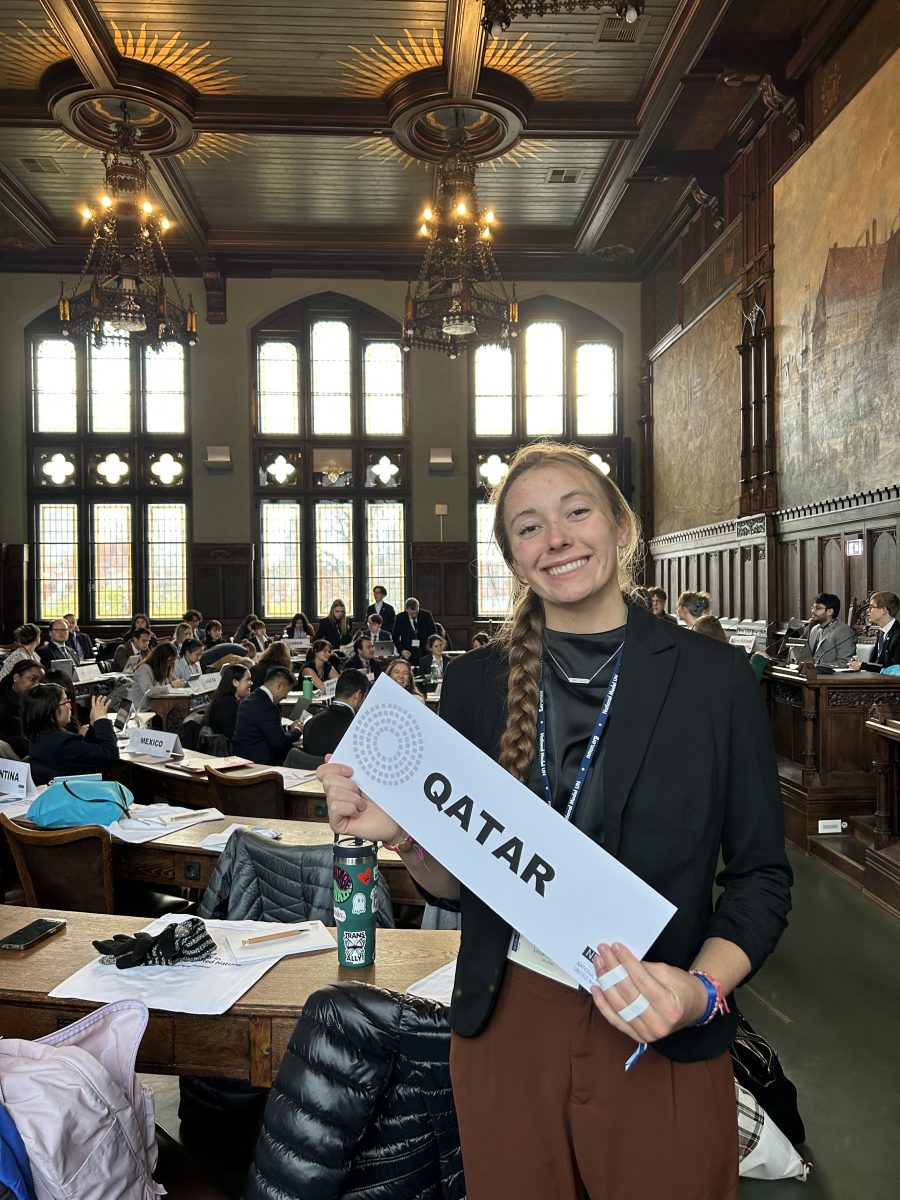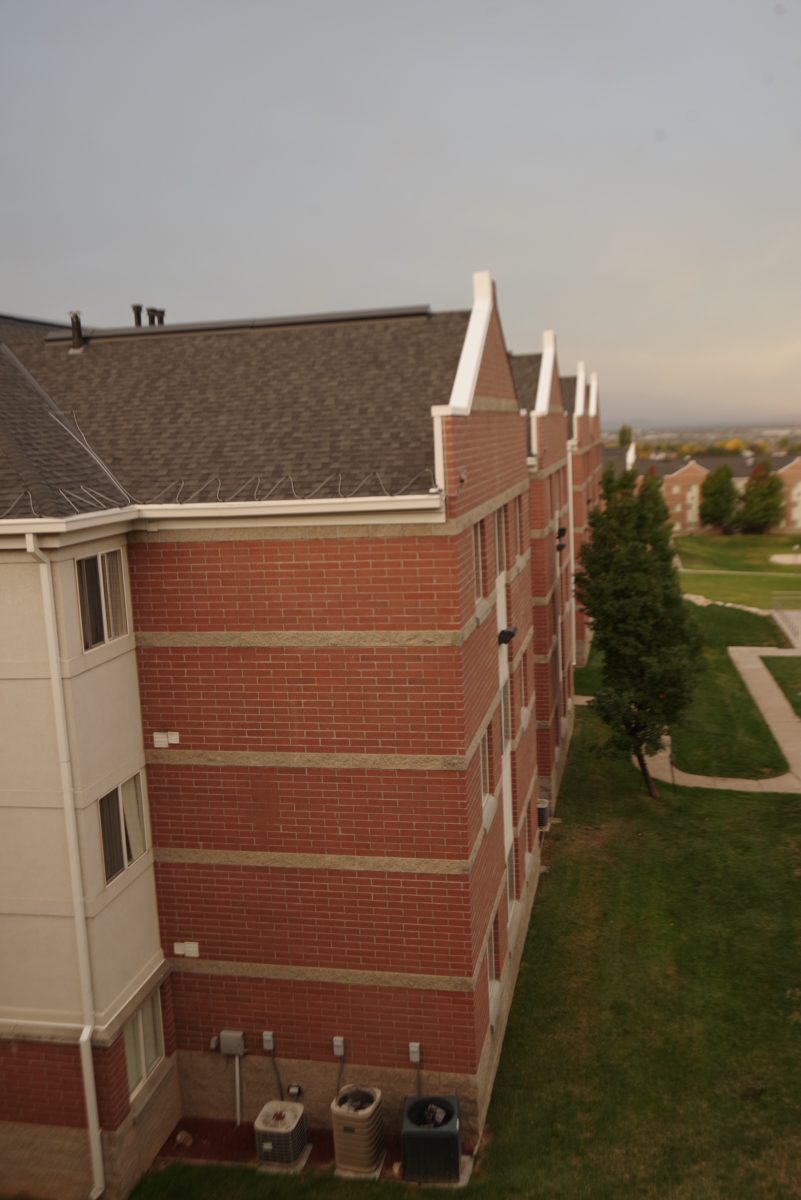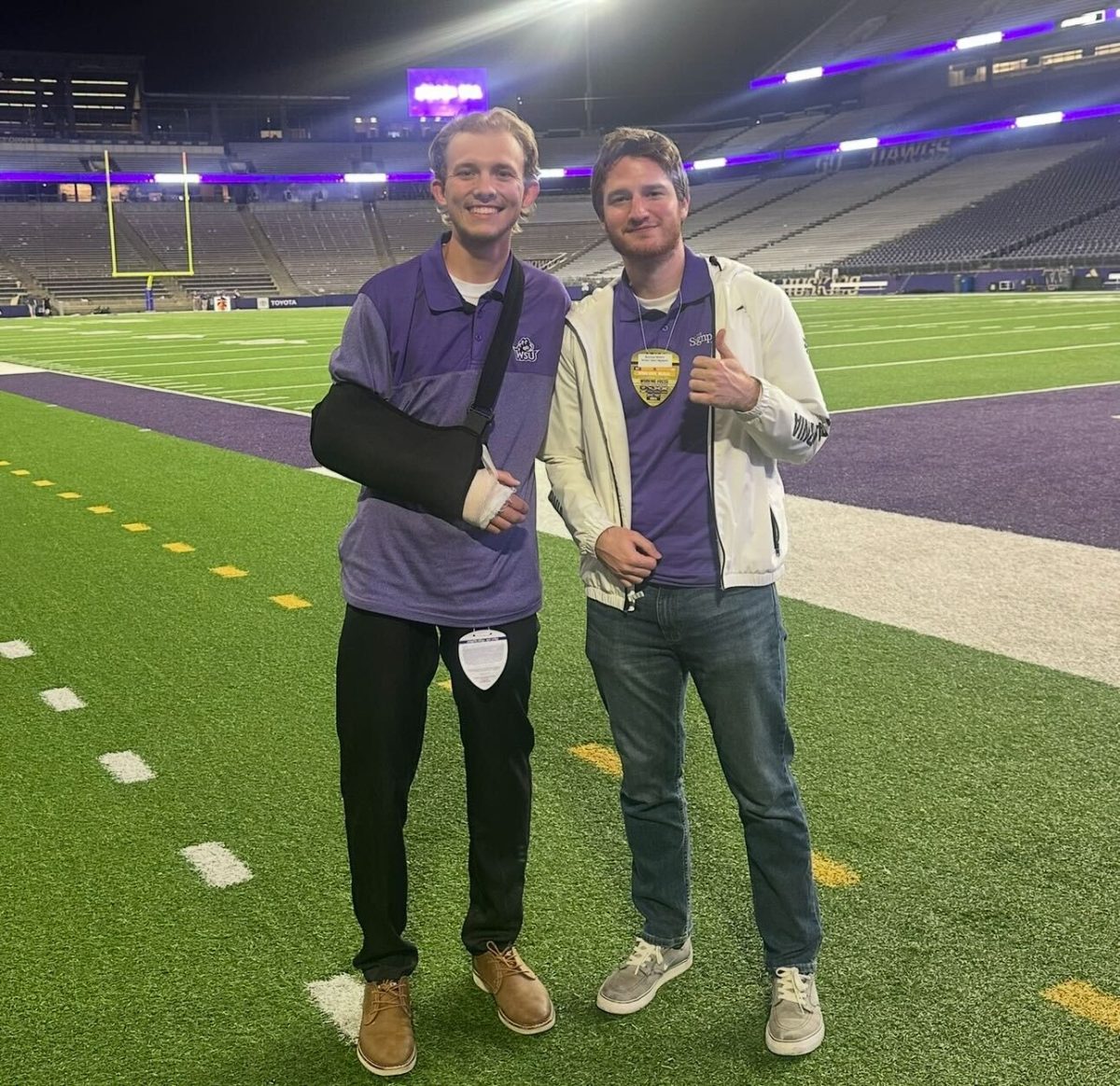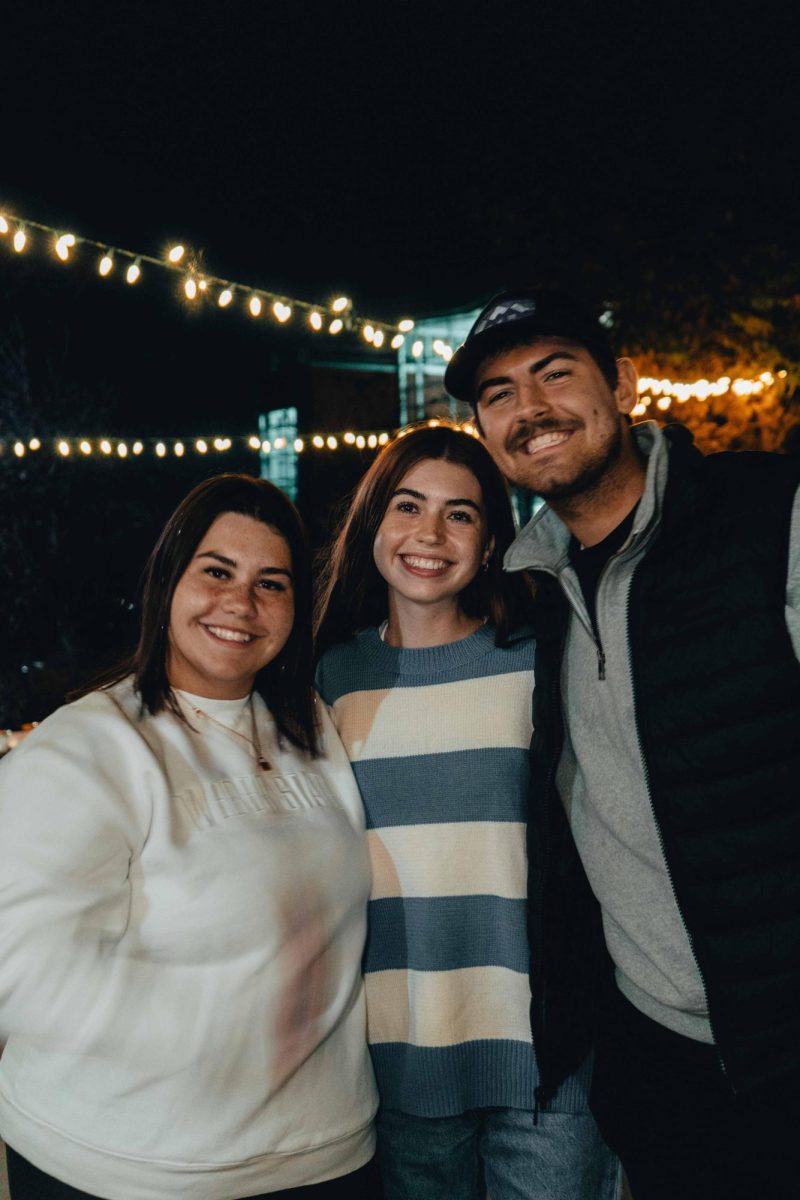Our world has an enemy; one so powerful that even the largest military force cannot stop it. It doesn’t care about location, gender, status or race.
It is responsible for taking 132 lives per day, according to the American Foundation for Suicide Prevention. The organization reports that a staggering 950,000 years of potential life were lost to suicide before age 65 in 2019 alone.
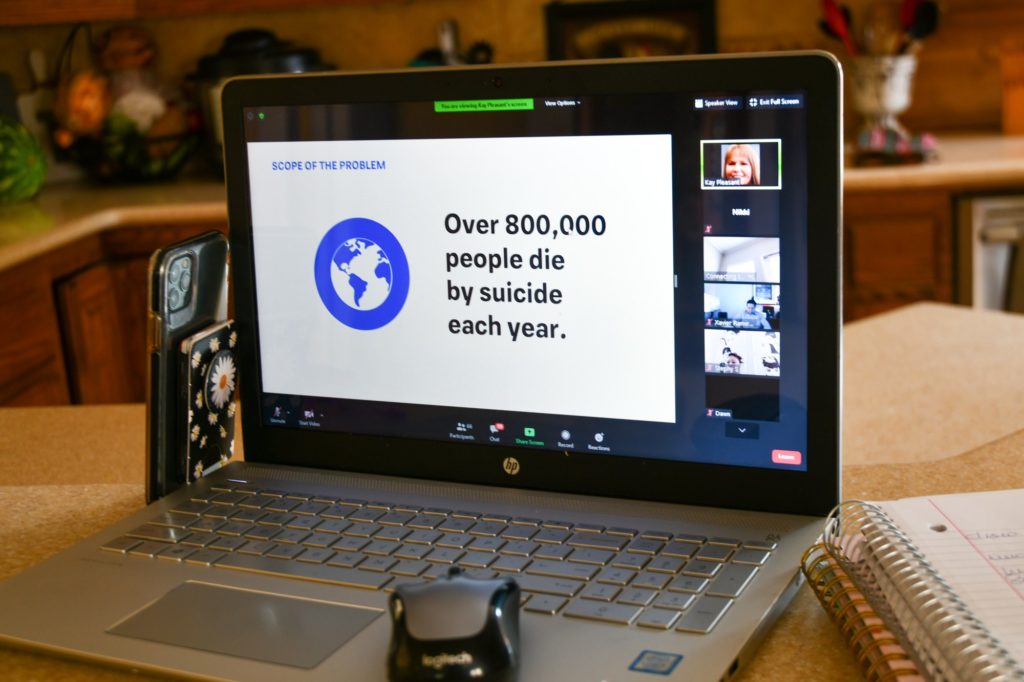
It is an epidemic, and it stalks our citizens. It takes its toll on families, friends and loved ones and leaves a trail of destruction behind.
According to the CDC, suicide is the tenth-leading cause of death in the U.S., and the second-leading cause of death among people ages 10-34. There were 1.4 million suicide attempts in the year 2018. And, while females are more likely to attempt suicide, men are far more likely to die during suicide.
Fortunately, government and non-government entities have developed guidelines, support groups, crisis lines, prevention and awareness programs for those in crisis and those left behind.
On World Suicide Prevention Day, Sept. 10, the AFSP held a virtual meeting to offer hope to those who have been impacted by the enemy that plagues so many.
The research into what causes suicide and potential ways to stop it is an ongoing process. The AFSP described commonalities in past and ongoing studies; researchers often look for mile markers, such as blood work, that could possibly indicate the risk of suicide. Meanwhile, they are searching for answers in the social realm of our society.
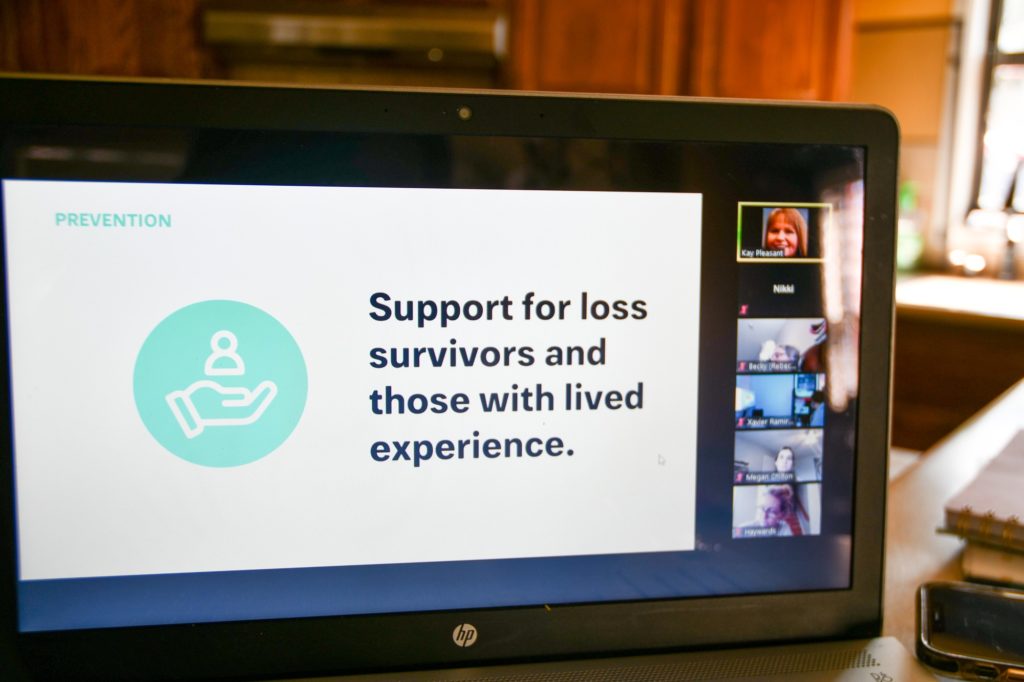
Research by mental health experts indicate there is an uptick in young people — those between the ages of 10-34 — ending their lives. Some research suggests that it may correlate with social media. Social media allows for cyber bullying, taunting and ostracizing their peers. It has also offered a platform, webcams and, unfortunately, an audience, which some may use to share their pain or suicide attempt.
“Data shows that though life events are not thought to be the cause of suicide or suicide attempts, if there is an underlying issue, it could be a trigger,” according to the AFSP.
They also explain the importance of having at least one friend or loved one whom you can trust and talk to about anything, including potential triggers.
“It is important to recognize warning signs,” the AFSP said.
They went on to explain that suicide awareness is important to advocate.
In light of COVID-19, the AFSP hosted a virtual candlelight service in honor of loved ones who have been lost or those who survived an attempt of suicide. During the service, certain beads were used to represent those who had lost a loved one to suicide and those who had survived a suicide attempt.
“It is a way of connecting with one another. If I see that someone else is wearing a red beaded necklace due to losing a spouse, I feel as though I can approach them without judgement,” said one attendee.
Each person on the virtual candlelight service lit the candle while telling those in attendance what their color was.
Throughout the month of September, mental health advocates, prevention programs, suicide survivors, families of lost loved ones and communities rally to end the epidemic which plagues our country. Our country has taken a stand against this enemy by offering hope, promoting healing and advocating life.


